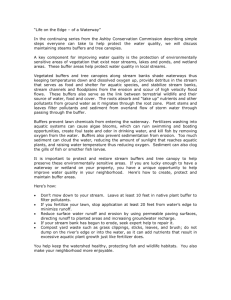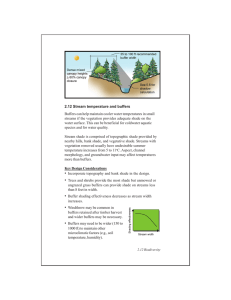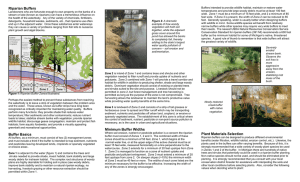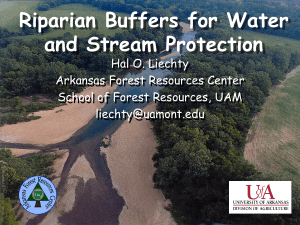Your Conewago BMP Team is comprised of partners working to
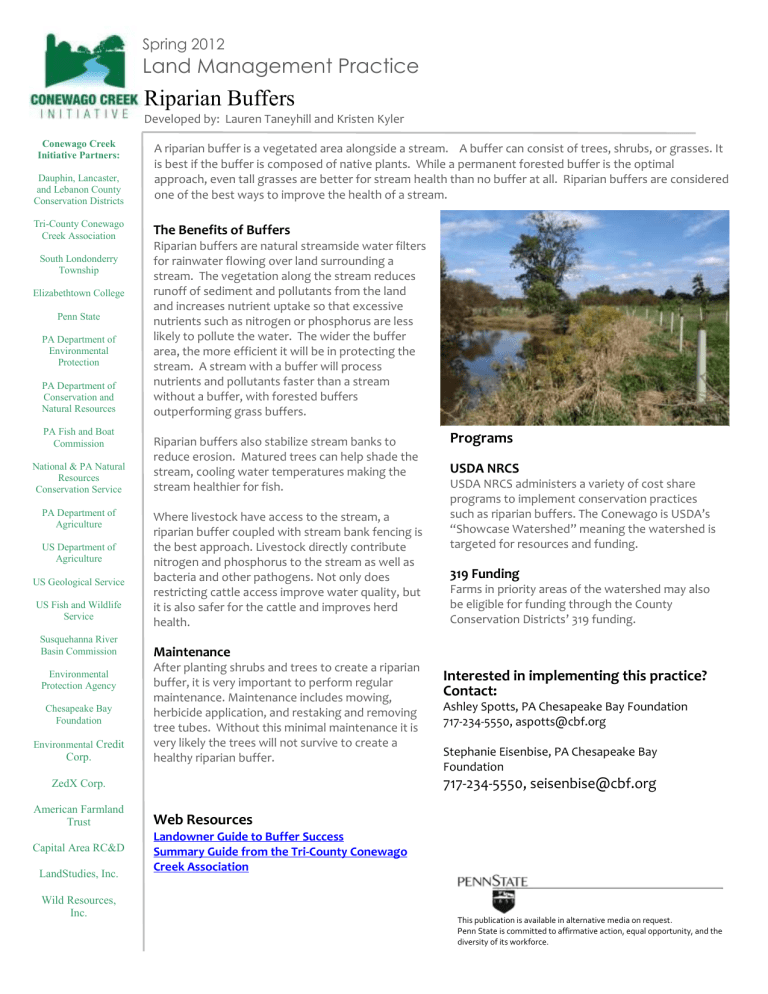
Pa FBC
National & Pa
NRCS
Pa Dept of Ag
USDA Ag
Research Service
USGS
US FWS
Susquehanna
River Basin
Commission
EPA
CBF
Conewago Creek
Initiative
Partners:
Dauphin,
Lancaster, and
Lebanon County
Conservation
Districts
TCCCA
South
Londonderry
Township
E-town College
Penn State
Cooperative
Extention
Penn State Ag and
Environment
Center
Pa DEP
Pa DCNR
Conewago Creek
Initiative Partners:
Dauphin, Lancaster, and Lebanon County
Conservation Districts
Tri-County Conewago
Creek Association
South Londonderry
Township
Elizabethtown College
Penn State
PA Department of
Environmental
Protection
PA Department of
Conservation and
Natural Resources
PA Fish and Boat
Commission
National & PA Natural
Resources
Conservation Service
PA Department of
Agriculture
US Department of
Agriculture
US Geological Service
US Fish and Wildlife
Service
Susquehanna River
Basin Commission
Environmental
Protection Agency
Chesapeake Bay
Foundation
Environmental Credit
Corp.
ZedX Corp.
American Farmland
Trust
Capital Area RC&D
LandStudies, Inc.
Wild Resources,
Inc.
Spring 2012
Land Management Practice
Riparian Buffers
Developed by: Lauren Taneyhill and Kristen Kyler
A riparian buffer is a vegetated area alongside a stream. A buffer can consist of trees, shrubs, or grasses. It is best if the buffer is composed of native plants. While a permanent forested buffer is the optimal approach, even tall grasses are better for stream health than no buffer at all. Riparian buffers are considered one of the best ways to improve the health of a stream.
The Benefits of Buffers
Riparian buffers are natural streamside water filters for rainwater flowing over land surrounding a stream. The vegetation along the stream reduces runoff of sediment and pollutants from the land and increases nutrient uptake so that excessive nutrients such as nitrogen or phosphorus are less likely to pollute the water. The wider the buffer area, the more efficient it will be in protecting the stream. A stream with a buffer will process nutrients and pollutants faster than a stream without a buffer, with forested buffers outperforming grass buffers.
Riparian buffers also stabilize stream banks to reduce erosion. Matured trees can help shade the stream, cooling water temperatures making the stream healthier for fish.
Where livestock have access to the stream, a riparian buffer coupled with stream bank fencing is the best approach. Livestock directly contribute nitrogen and phosphorus to the stream as well as bacteria and other pathogens. Not only does restricting cattle access improve water quality, but it is also safer for the cattle and improves herd health.
Maintenance
After planting shrubs and trees to create a riparian buffer, it is very important to perform regular maintenance. Maintenance includes mowing, herbicide application, and restaking and removing tree tubes. Without this minimal maintenance it is very likely the trees will not survive to create a healthy riparian buffer.
Web Resources
Landowner Guide to Buffer Success
Summary Guide from the Tri-County Conewago
Creek Association
Programs
USDA NRCS
USDA NRCS administers a variety of cost share programs to implement conservation practices such as riparian buffers. The Conewago is USDA’s
“Showcase Watershed” meaning the watershed is targeted for resources and funding.
319 Funding
Farms in priority areas of the watershed may also be eligible for funding through the County
Conservation Districts’ 319 funding.
Interested in implementing this practice?
Contact:
Ashley Spotts, PA Chesapeake Bay Foundation
717-234-5550, aspotts@cbf.org
Stephanie Eisenbise, PA Chesapeake Bay
Foundation
717-234-5550, seisenbise@cbf.org
This publication is available in alternative media on request.
Penn State is committed to affirmative action, equal opportunity, and the diversity of its workforce.

